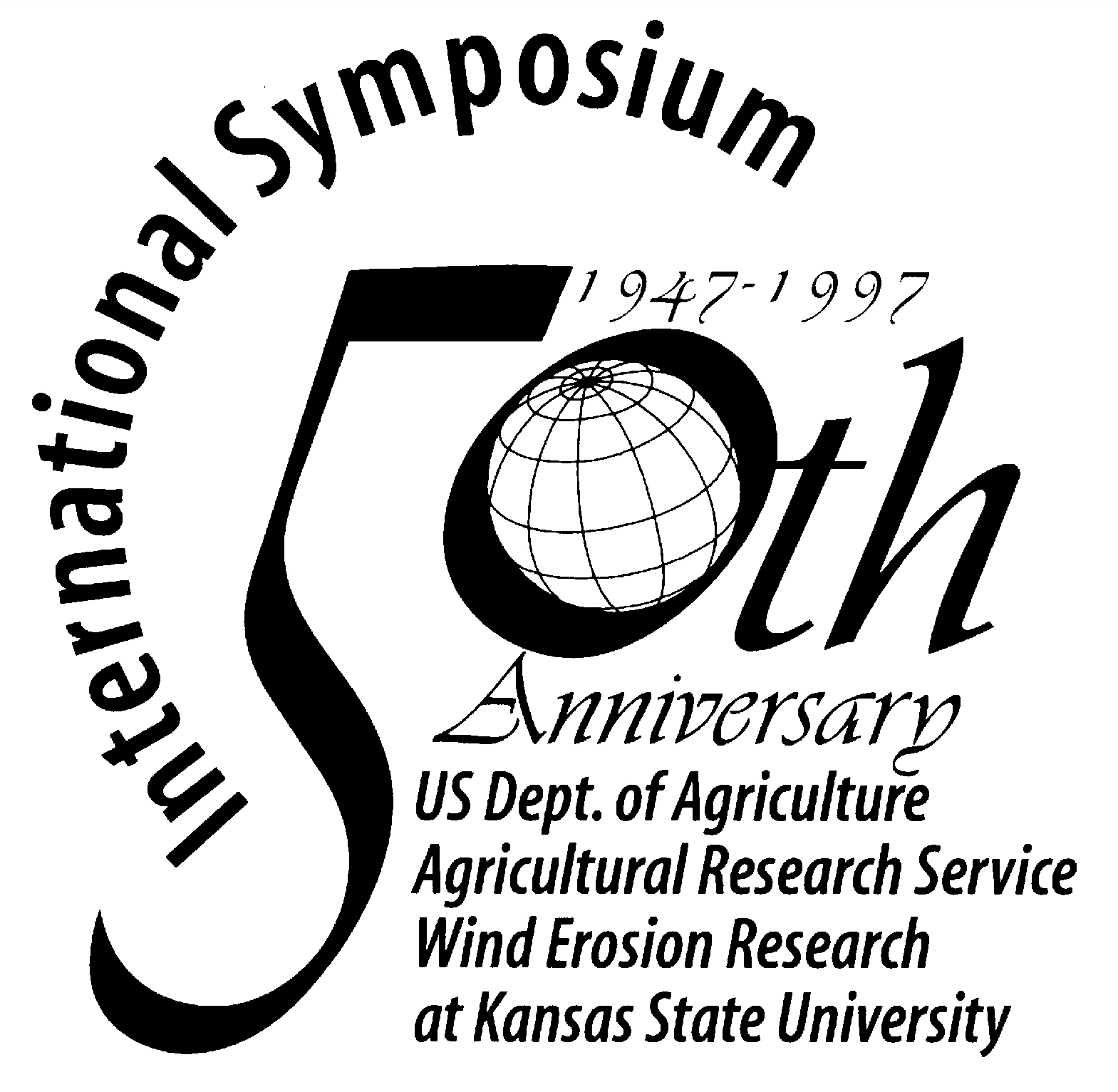Farmers' Attitudes and Behaviors toward Shelterbelts in Kansas
Ted T. Cable and Philip Cook
Abstract
The purpose of this study was to assess the attitudes of Kansas farmers toward field
windbreaks, often called shelterbelts. A 10-page questionnaire was sent to 3,342 randomly
selected producers in Kansas. Usable surveys were received from 1,748 producers, giving a
response rate of 52.3 percent. The results indicate that shelterbelt planting in Kansas
may be keeping pace with shelterbelt removal. Only 2.5 percent removed some shelterbelts
and another 1 percent removed all their shelterbelts. One-third of the respondents had
shelterbelts, and 46.4 percent reported planting their shelterbelts. More than half were
planted in the past 10 years. Eighty-three percent of Kansas landowners believed that
planting shelterbelts is a desirable conservation practice. Attitudes towards shelterbelts
were measured on a 21-item scale that was factor analyzed into three factors. Factor
scores were compared to demographic and farm characteristics. Older landowners and less
educated landowners had more negative attitudes about the noncrop benefits of
shelterbelts. Operators of large farms had lower positive attitudes about the crop
benefits of shelterbelts and higher positive attitudes about the noncrop benefits. Farmers
still want shelterbelt information to be communicated through traditional print media. |




